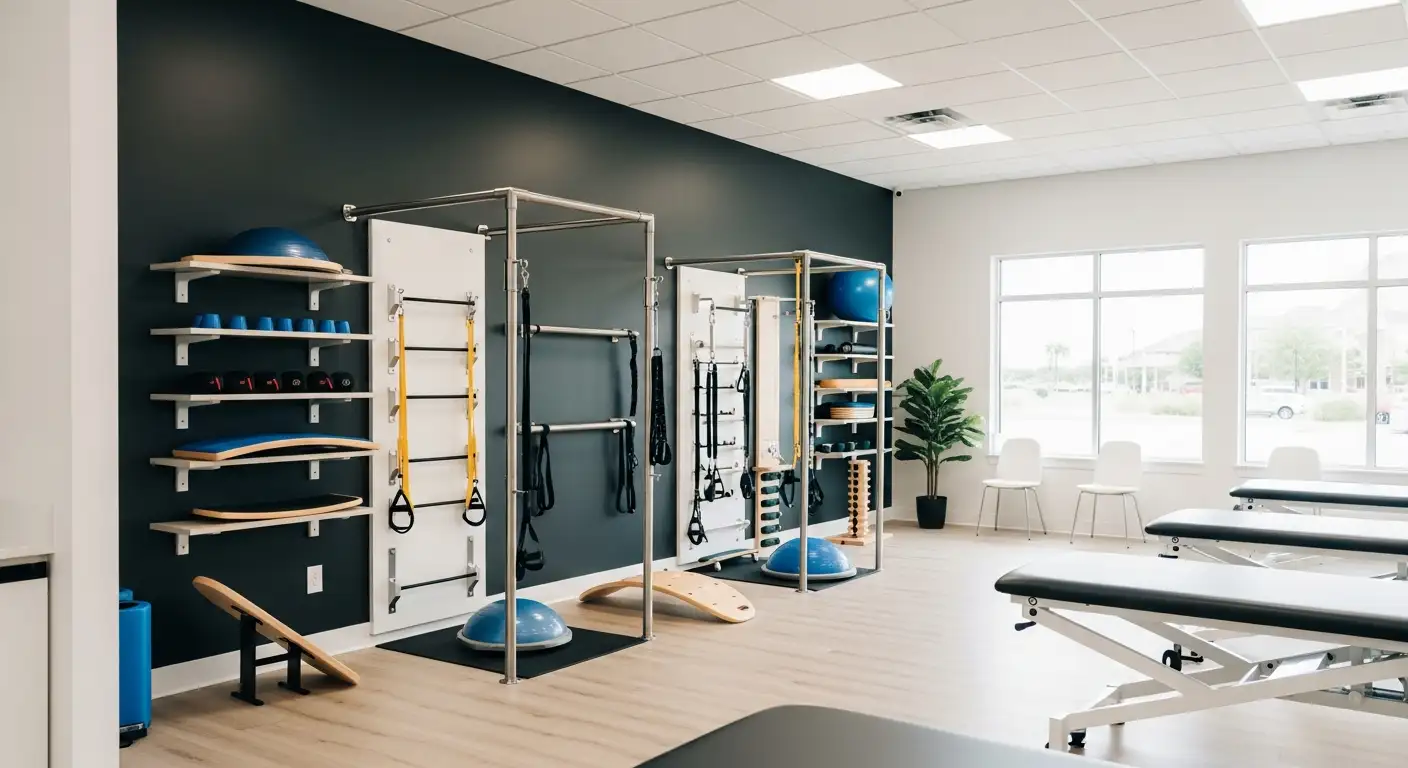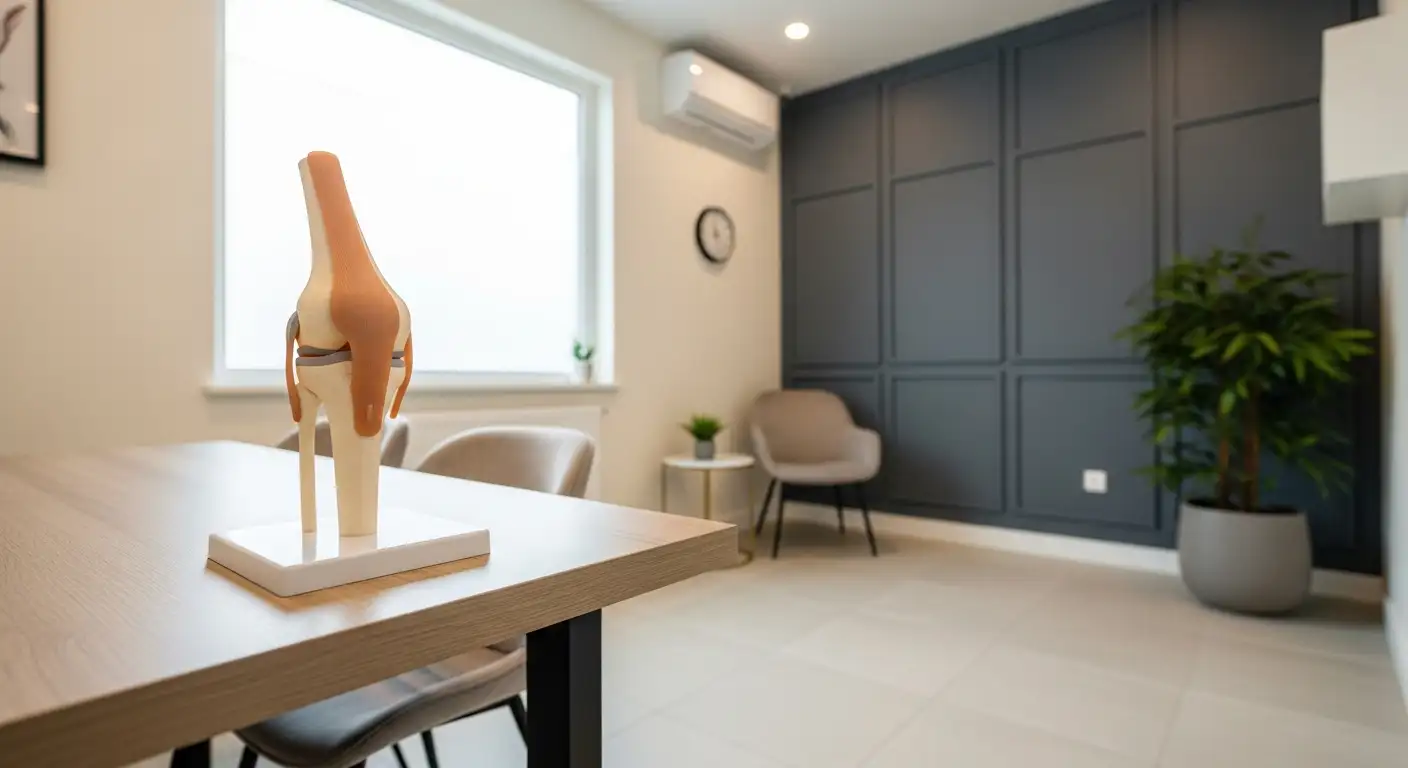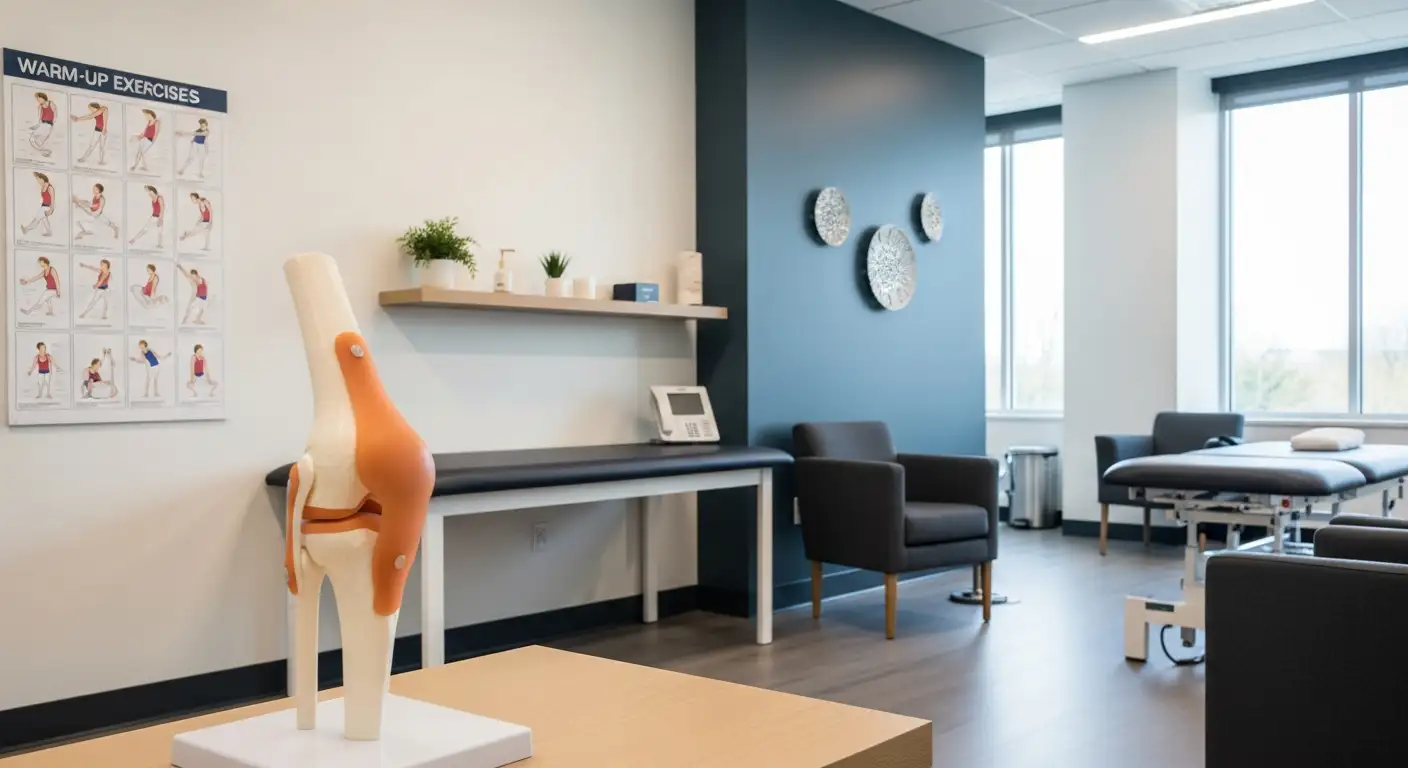Recovery After Knee Arthroscopy
The recovery process after knee arthroscopy is a crucial period that can determine the success of the surgery. It is characterized by pain and swelling management, and the duration of recovery varies from patient to patient.
Swelling and Pain Management
Swelling in the knee after arthroscopic surgery is normal and will start to reduce within a few days. It is important to manage this swelling effectively to enhance comfort and expedite recovery. Keeping the leg elevated above the level of the heart can help with swelling and pain.

Patients typically experience pain after knee arthroscopy and may need someone to drive them home after the procedure. The intensity of post-arthroscopy pain is most pronounced during the first 8 post-operative hours and decreases over time. Interestingly, only about 23.1% of patients required supplementary analgesia after knee arthroscopy, indicating that the pain is usually manageable with standard pain relief methods.
Duration of Recovery
The question of "how long does swelling last after arthroscopic knee surgery" is a common one among patients. Recovery typically takes about 6 weeks, but it may be longer if damaged tissue was repaired during the surgery [1].
It's important for patients to understand that recovery involves more than just pain and swelling management. It may also involve physical therapy to aid in regaining strength and mobility. Therefore, patience and adherence to the advice of health professionals are key to a successful recovery after knee arthroscopy.
Postoperative Care
After arthroscopic knee surgery, managing pain and swelling is a key aspect of recovery. The process involves specific strategies for initial pain management and the incorporation of physical therapy to regain strength and mobility.
Initial Pain Management
Post-arthroscopy knee pain is most intense during the first eight post-operative hours and decreases over time, as per a study cited by NCBI. After the procedure, patients typically experience pain and may require someone to drive them home.
Swelling in the knee after surgery is normal and starts to reduce in a few days. Keeping the leg elevated above the level of the heart can help manage swelling and pain. Here's a brief overview of pain management techniques:
Only 23.1% of patients required supplementary analgesia after knee arthroscopy.
Physical Therapy
Physical therapy is often a critical part of the recovery process after knee arthroscopy, helping patients regain strength and mobility. The specific exercises and duration of therapy will depend on the patient’s individual needs and the extent of the knee damage.
Physical therapy exercises often start with gentle range-of-motion activities before progressing to strengthening exercises. The goal is to restore full function to the knee and prevent future injuries. The physical therapist may also provide recommendations for lifestyle adjustments to facilitate recovery and protect the knee joint.
Recovery from arthroscopic knee surgery typically takes about six weeks, but it may be longer if damaged tissue was repaired during the surgery [1]. Patients should be mindful to adhere to the postoperative care plan and physical therapy regimen for optimal recovery.
Lifestyle Adjustments
Following arthroscopic knee surgery, patients may need to make necessary modifications to their lifestyle and activity levels. These adjustments are key in promoting efficient recovery and reducing the chances of re-injury.
Activity Level Modifications
Physical activities, particularly sports that exert excessive strain on the knee, may need to be altered or avoided in the postoperative period. Switching to lower-impact sports and activities can be beneficial, especially for individuals at risk of injuring the other knee. This is a crucial consideration for how long swelling lasts after arthroscopic knee surgery, as excessive activity can prolong the swelling and impede recovery [4].
In some cases, wearing a knee brace for additional support may be recommended. These braces not only provide security during the rehabilitation program but also assist in controlling swelling after the surgery [4].
Return to Normal Activities
The timeline for returning to normal activities varies depending on the specific condition and the individual's overall health. For instance, after ACL reconstruction, patients can expect swelling and stiffness that may last for 2-3 months post-surgery [5].
In cases of a torn meniscus, the swelling and stiffness may last for 4-5 months, and the recovery time can range from 4-6 weeks to 6 months, depending on the extent of injury and type of repair.
For patients experiencing a patellar tendon tear, a long brace or knee immobilizer may be necessary for 2-4 weeks post-surgery. It is followed by intensive physical therapy focusing on strengthening the joint and muscles. Full recovery from such injuries can take between 6-12 months, necessitating tailored physical therapy based on individual needs and the type of tear and surgical repair [5].
In all cases, patients should follow the guidance of their healthcare providers and physical therapists when returning to normal activities. This ensures a safe recovery and minimizes the risk of complications or re-injury.
Factors Affecting Recovery
Understanding the factors affecting recovery after arthroscopic knee surgery is crucial when one is trying to navigate the path to healing. Two primary factors that impact the recovery process include the pre-operative pain level and tourniquet time during surgery.
Pre-operative Pain Level
The level of pain experienced by a patient prior to the knee arthroscopy significantly impacts the post-operative pain and recovery. According to a study published by NCBI, patients with a moderate pre-operative pain level experienced more post-operative pain during the first six hours following surgery compared to those with a low pre-operative pain level.
This indicates that managing pre-operative pain can potentially influence the recovery process, affecting factors like post-operative discomfort and the need for pain medication. Therefore, it's crucial for patients to discuss their pain levels with their healthcare provider before the procedure to develop an effective pain management plan.
Tourniquet Time
Another factor that affects recovery after arthroscopic knee surgery is tourniquet time, which is the duration for which a tourniquet is applied during the surgery to control bleeding. The same study by NCBI found that patients who had a tourniquet time of over 40 minutes experienced more post-operative pain and required more supplementary analgesia compared to those with a tourniquet time less than 40 minutes.
This suggests that minimizing tourniquet time during surgery could potentially lead to a smoother recovery process, with less post-operative pain and a reduced need for additional pain relief measures. It's crucial for patients to discuss the planned surgical approach, including details like tourniquet time, with their healthcare provider before the surgery.
Understanding these factors can help patients in managing their expectations regarding recovery and make necessary preparations. It's important to remember that the recovery process is unique to each individual and can be influenced by a range of factors, including overall health, age, and the specific type of knee surgery performed.
Potential Complications
While arthroscopic knee surgery is a minimally invasive procedure with a high success rate, it's essential to be aware of potential complications that may arise postoperatively. This awareness aids in early detection and prompt medical intervention, reducing the risk of long-term issues. Two such complications include falls after surgery and persistent swelling.
Falls After Surgery
Falls after surgery can be a concern for patients recovering from arthroscopic knee surgery. According to a study published on PubMed Central, a fall rate of 39.2% was recorded within the first six weeks postoperatively. The majority of falls (78.3%) occurred within the first three weeks postoperatively. The study included 51 patients, with a mean age of 31.2 years, who underwent arthroscopic knee surgery.
Patients with limited knee function were found to be more likely to experience falls within the first three weeks postoperatively. However, no patients required revision or intervention due to falls during the study period.
Persistent Swelling
Persistent swelling is one of the most prevalent side effects after knee arthroscopy, making it challenging to identify the cause. While swelling is a minor symptom, it could indicate serious underlying conditions that require attention.
After arthroscopic knee surgery, patients may experience aching, pain, and discomfort in the operated knee. The reasons for this discomfort can vary from minor to severe, and it's recommended to promptly treat swelling and consult with the orthopedic doctor to rule out any severe complications.
Insufficient rehabilitation post-arthroscopic knee surgery can lead to complications such as persistent swelling. Therefore, patients need to follow their orthopedic surgeon's instructions and avoid straining the knee too much too soon to prevent joint damage.
It's also crucial to seek immediate medical attention if signs of infection such as redness, increased pain, warmth, and drainage at the site are observed. Infected surgical wounds should never be ignored as they can lead to severe complications.
Remember, while complications can occur, they are not the norm and most patients recover from arthroscopic knee surgery without experiencing these issues. It's always best to discuss any concerns with your healthcare provider to ensure a safe and effective recovery process.
Specific Cases
While the recovery process from arthroscopic knee surgery varies depending on the individual and the specifics of the surgery, there are general patterns and timelines that can be expected in certain situations. This section will focus on two specific cases: recovery from ACL reconstruction and recovery from meniscus surgery.
Recovery from ACL Reconstruction
After ACL (Anterior Cruciate Ligament) reconstruction, patients can expect swelling and stiffness, with the knee staying swollen for about 2-3 months post-surgery [5].
Recovery from Meniscus Surgery
When it comes to recovery from arthroscopic surgery for a torn meniscus, swelling and stiffness following the procedure may take 4-5 months to fully subside [5].
In more complicated cases of meniscus tear repair, the patient's knee may need to be fully immobilized for 2 weeks post-surgery, leading to walking with crutches for 4-6 weeks. Full recovery can take anywhere from 4-6 weeks for a usual repair, up to 6 months for more complicated repairs, depending on factors such as the extent of injury and type of repair [6].
Understanding the general timelines and stages of recovery from these specific cases can provide a useful framework for individuals wondering "how long does swelling last after arthroscopic knee surgery". However, it's essential to remember that personal healing rates and the specifics of each surgery can greatly influence these timelines. Therefore, always follow the advice of your healthcare provider for the most accurate recovery information.
References
[1]: https://myhealth.alberta.ca/Health/aftercareinformation/pages/conditions.aspx?hwid=zc2421
[2]: https://www.ncbi.nlm.nih.gov/pmc/articles/PMC2687123/
[3]: https://my.clevelandclinic.org/health/treatments/17153-knee-arthroscopy
[4]: https://www.absiortho.com/blog/5-tips-for-getting-back-in-the-game-after-arthroscopic-knee-surgery
[5]: https://www.orthonorthcounty.com/blog/recovery-from-arthroscopic-knee-repair-surgery-20410.html
[6]: https://www.verywellhealth.com/pain-after-knee-arthroscopy-4001142
[7]: https://www.bone-joint.com/reasons-for-knee-pain-after-arthroscopy/





